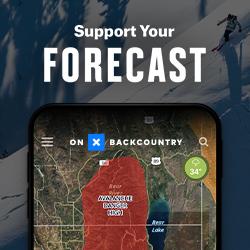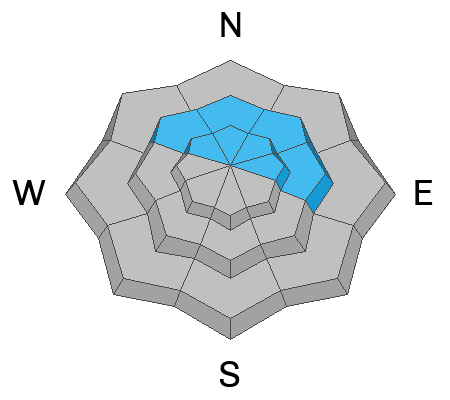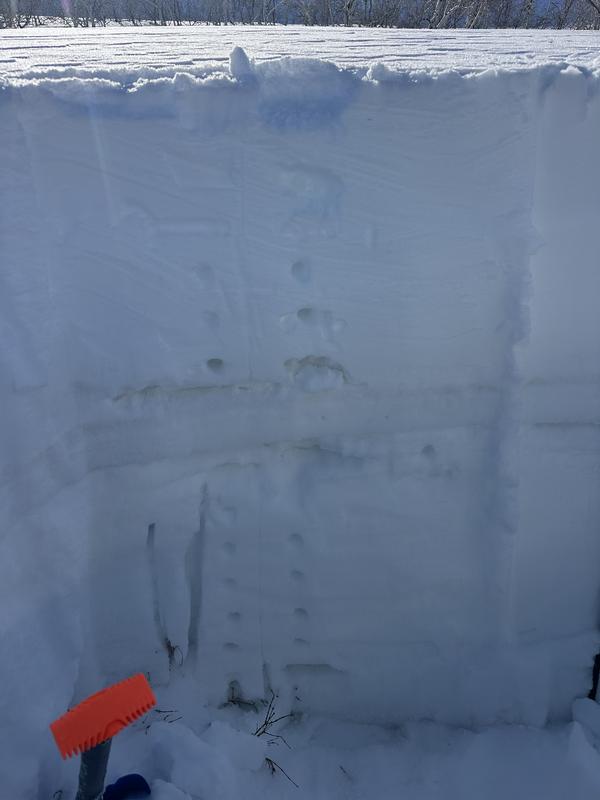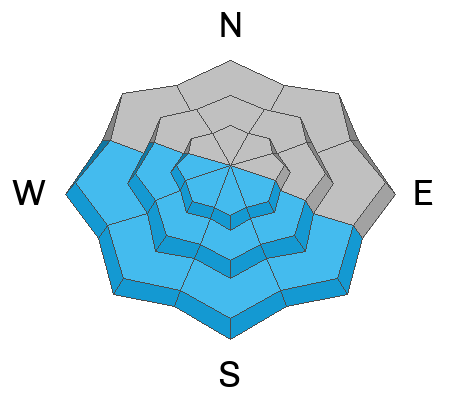Forecast for the Ogden Area Mountains

Issued by Trent Meisenheimer on
Saturday morning, February 22, 2025
Saturday morning, February 22, 2025
The avalanche danger is MODERATE on slopes at the mid and upper elevations northwest through east-facing terrain. Here, slab avalanches may break down several feet deep into weaker layers in the snowpack. We also have a MODERATE avalanche danger for soft slabs failing within the new snow. Evaluate the snow and terrain carefully and continue to practice safe travel protocols.
Wet-loose avalanches on steep, southerly-facing slopes are possible with daytime heating and direct sun.

Low
Moderate
Considerable
High
Extreme
Learn how to read the forecast here







